The Temple of Domitian in Ephesus is the first temple dedicated to a Roman emperor in the city. It is located in Domitian Square, alongside notable structures such as the Nike Relief, the Memmius Monument, and the Fountain of Pollio.
Table of Contents
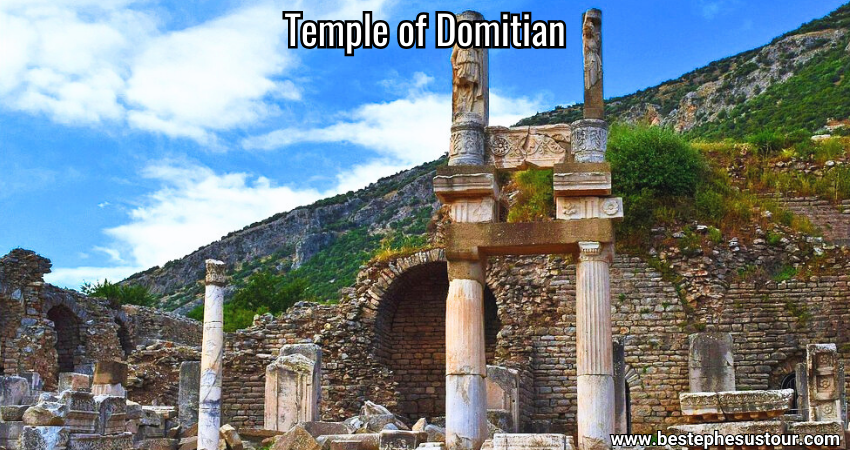
The Neocoros and Emperor’s Temples in Ephesus
Ephesus, during antiquity, obtained the right to build the Neocoros (Emperor’s Temple) four times, which was a prestigious honor. The presence of an Emperor’s Temple symbolized a city’s loyalty and importance within the Roman Empire.
The First Emperor’s Temple – Domitianus (81-96 A.D.)
The first Neocoros was granted by Emperor Domitianus. To show their gratitude, the people of Ephesus erected a 5-meter-high statue of the Emperor in front of the temple. The statue, along with its pedestal, stood 7 meters high. Some parts of this statue are displayed in the Ephesus Archaeological Museum, while the well-preserved head is in the Izmir Archaeological Museum.
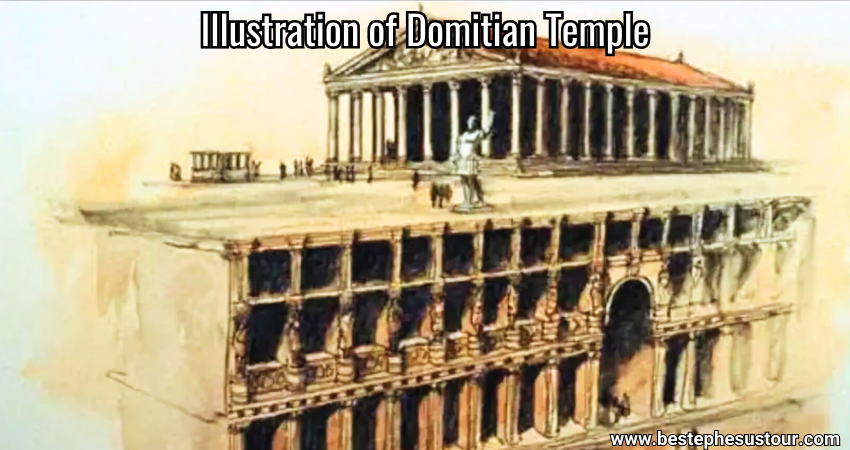
Though little remains of the Temple of Domitian, its original design can be inferred from the ruins. It was set on a podium with eight stairs, measuring 24×34 meters. The temple of Domitian had 13 columns on each long side and 8 columns at the front and back. The altar, positioned 10 meters in front of the temple, had a U-shaped stairway, some parts of which are exhibited in the Ephesus Archaeological Museum.
Death of the Tyrannical Emperor Domitian
Emperor Domitian, infamous for his tyrannical rule, proclaimed himself a deity, demanding reverence from his subjects. However, he was deeply unpopular among the Ephesians.
In the 14th year of his reign, Domitian was assassinated in his sleep by one of his own servants, marking the end of his tyrannical rule. With his death, the illusion of his supposed divinity was shattered in the eyes of the Ephesians. His assassination also brought an end to the Flavian dynasty and started the era of the Five Good Emperors, a period memorialized by relative stability and prosperity in the Roman Empire.
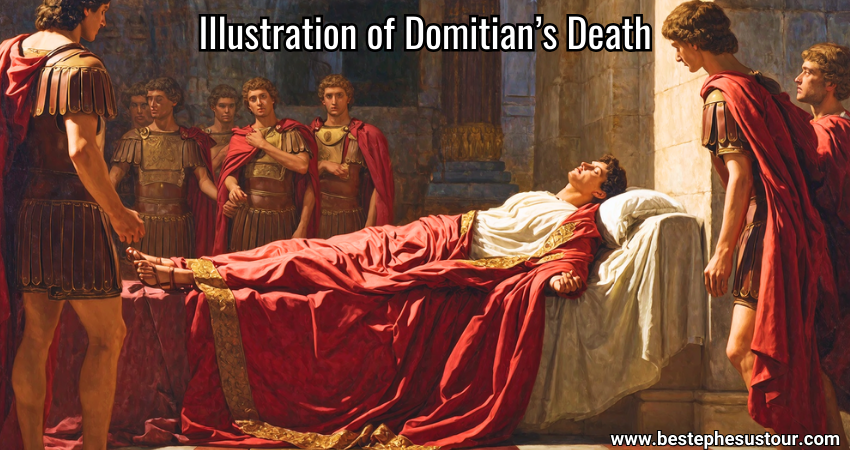
After Domitianus was assassinated, the people of Ephesus feared losing their Neocoros status. As a solution, they rededicated the temple to Vespasianus, Domitian’s father, preserving their prestige against their rivals Pergamon and Smyrna.
The Second Emperor’s Temple – Hadrianus
The second Neocoros was granted by Emperor Hadrianus. When Hadrianus visited Ephesus from Athens, the citizens built a temple dedicated to him. This was one of the largest temples in Asia Minor.
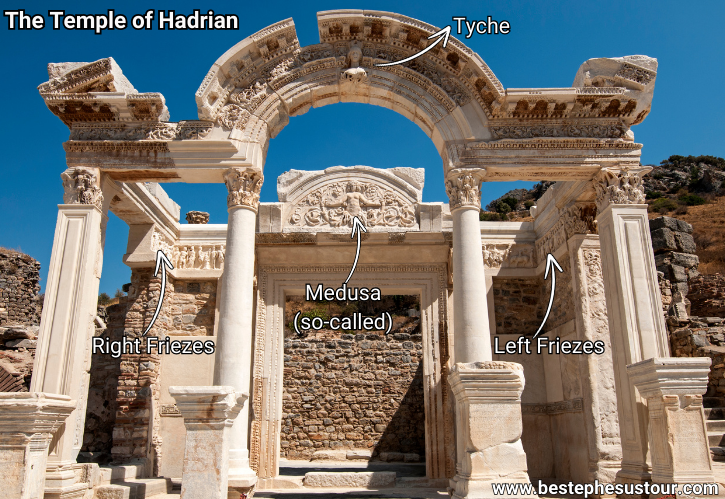
The Third Emperor’s Temple – Caracalla (211-212 A.D.)
During Emperor Caracalla’s reign, Ephesus received the third Neocoros. However, after Caracalla murdered his brother Geta in 212 A.D., he dedicated the temple to Artemis instead.
The Fourth Emperor’s Temple – Valerianus (251-260 A.D.)
The fourth and final Neocoros was granted during Emperor Valerianus’s rule. Obtaining an Emperor’s Temple was a mark of great prestige for ancient cities. Ephesus fought to maintain its leading status against Pergamon and Smyrna.
Administration of the Emperor’s Temples
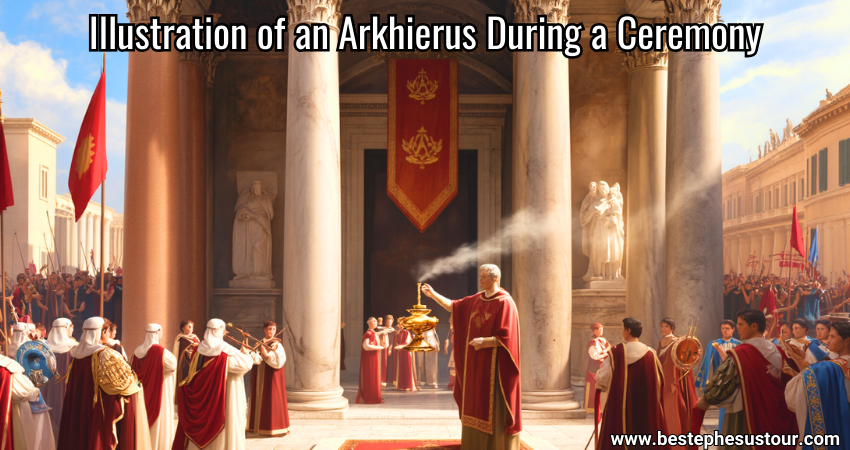
The priests of the temples such as the Temple of Domitian were called “Arkhierus,” and they were under the authority of the Asiarchs. Being an Arkhierus was an expensive but highly respected position, often connected with organizing gladiator games, wild animal fights, Emperor worship, and public celebrations. Wealthy Ephesian families, like the Vediuses, even established special gladiator schools for these events.
Despite its significance, the Emperor Cult was not a religion in the true sense. Instead, it served as a political institution designed to unite the people of Rome, regardless of their cultural or religious backgrounds.
Structures Near the Temple of Domitian
On the Temple of Domitian‘s side facing the square, there is a row of well-preserved shops. At the center, stairs lead to a beautiful terrace. A two-tiered colonnade (parabet) in front of the temple enhances its aesthetic appeal and serves as a border.
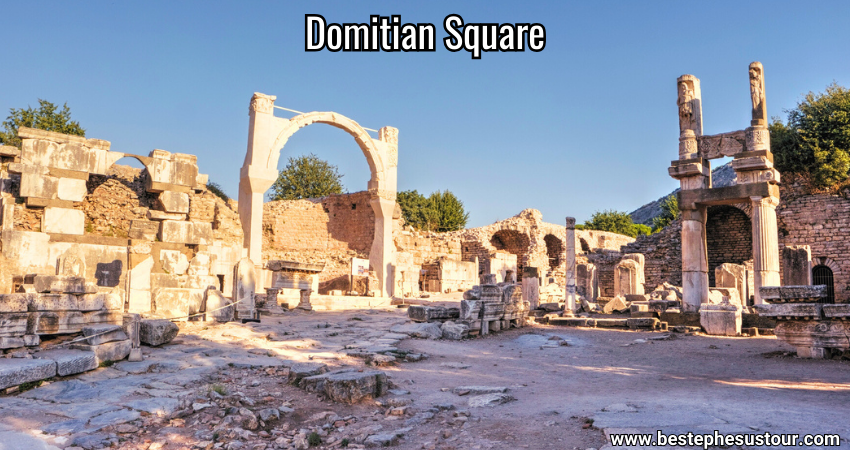
The terrace has an underground vaulted structure typical of buildings on sloped terrain. This 154-meter-long, U-shaped structure is called the Kryptoporticus. It surrounds the Temple of Domitian’s lower level and connects to Domitian Square above the shops.
The Gallery of Inscriptions
The east side of the Kryptoporticus was converted into a gallery for written documents, displaying some of the 2,000 inscriptions found during Ephesus excavations.
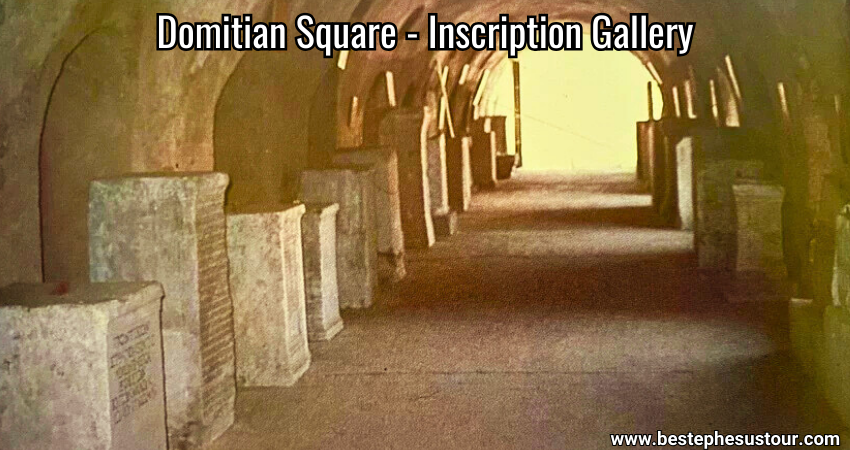
Some significant inscriptions include:
- Inscription No. 4 – Describes death penalties for religious crimes. It mentions 44-46 individuals who mistreated messengers from Ephesus, who were carrying gifts to the Artemis Temple of Sardis and looted the offerings.
- Inscription No. 11 (3rd-4th century B.C.) – Mentions collective property ownership, stating: “This wall, up to the roof, is the common property of Moshkion and Eucleides.”
- Inscription No. 13 – King Attalos III of Pergamon praises the people of Ephesus through a local educator, Aristo, who taught him in the Pergamon Castle.
- Inscription No. 27 – Lists rules for sacrifices and ceremonies conducted at the Prytaneion.
- Inscription No. 31 – Refers to Emperor Hadrianus as Zeus Olympios, commemorating his visit from Athens to Ephesus.





